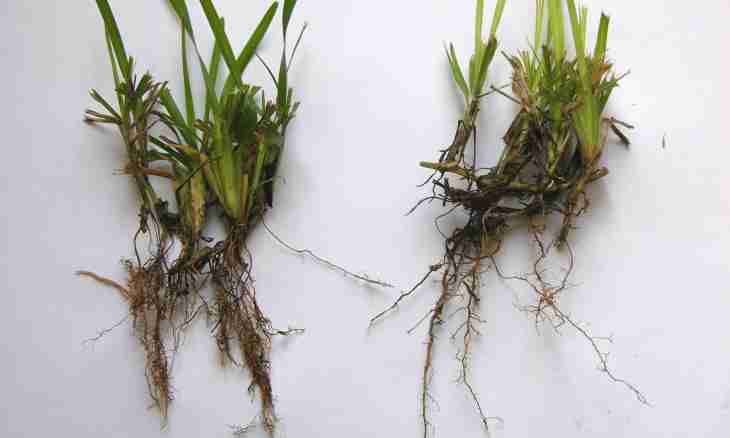Roots fix a plant in the soil, provide soil water and mineral food, sometimes serve as the place of adjournment of spare nutrients. In the course of adaptation to environmental conditions the roots of some plants get additional functions and change.
What types of roots exist
At plants distinguish the main, additional and side roots. When the seed sprouts, from it the germinal back which becomes the main root subsequently develops in the beginning. On stalks and leaves of some plants additional roots grow. Also side can depart from the main thing and additional roots.
Root systems
All roots of a plant develop in a root system which is core and mochkovaty. In a core system the main root is developed stronger than the others and reminds a core, and in mochkovaty it is developed insufficiently or early dies off. The first is most characteristic of bichromatic plants, the second – for monocotyledonous. However the main root is usually well expressed only at young bichromatic plants, and at old gradually dies off, giving way to the additional roots growing from a stalk.
How deeply roots lie
The depth of roots in the soil depends on conditions of growth of a plant. Wheat roots, for example, grow on dry fields on 2.5 m, and for irrigated – no more, than on half-meter. However in the latter case root system more dense. Tundra plants undersized, and their roots in itself because of permafrost are concentrated at a surface. At a dwarfish birch, for example, they are at a depth about 20 cm at most. Roots of desert plants, on the contrary, very long – it is necessary to reach ground waters. For example, the barnyard grass leafless originates in the soil on 15 m.
Modifications of roots
For adaptation to environmental conditions the roots of some plants changed and got additional functions. So, the root crops of a garden radish, beet, turnip, turnip and swede formed by the main root and the lower parts of a stalk reserve nutrients. Thickenings of side and additional roots at a chistyak and dahlias became root tubers. Korni-pritsepki at an ivy help a plant to be attached to a support (wall, a tree) and to take out leaves to light. Additional roots on trunks and branches of a number of tropical trees grow to the earth and serve a plant as props. Freely air roots of an orchid and another living on trunks and branches of trees of plants hang down down, absorbing rain water. Respiratory roots of a willow the withdrawal pains growing on fenny coast grow vertically up and, having reached a surface, absorb oxygen. Roots of plants parasites – dodders and mistletoes are capable to get into bodies of other plants.

